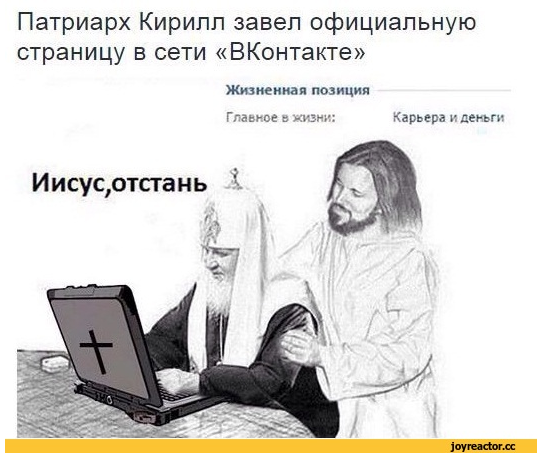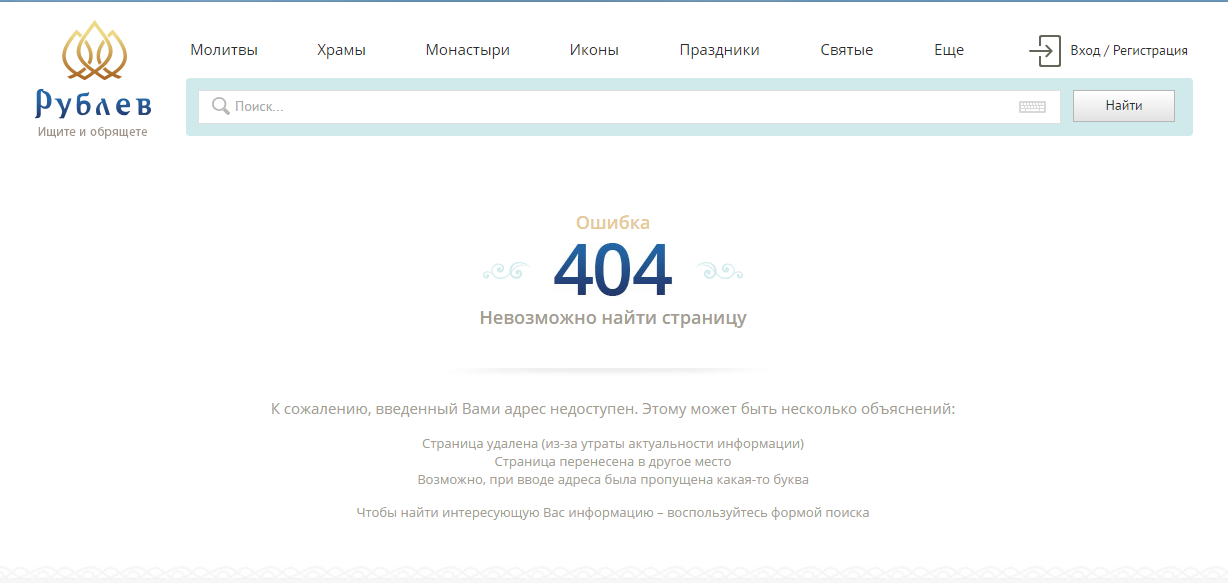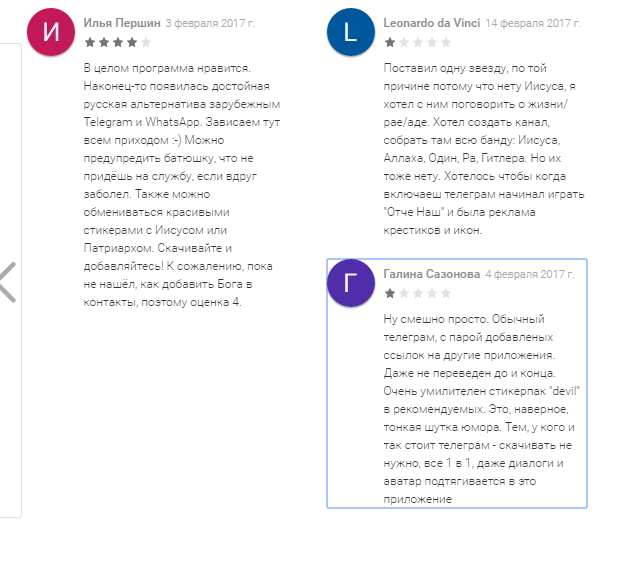Religious Network

Karl Auerbach - one of the founders of the world wide web in his article “The Internet: Kamo Gryadeshi?” , Devoted to the future of the Internet, put forward his own theory of the future evolution of the network. According to the “founder father,” the world wide web, which contributed to the globalization of society, will gradually be divided into islands separated from each other. The implementation of the theory can be observed already now, citing as an example the internal network of China or North Korea. Russia also proceeds by gradually building barriers and filters from the world wide web. Not only the states will isolate themselves from each other. These will be networks based on religious and other signs of identification.
Actually, I would like to focus on exactly religion. Since religion should be kept abreast of man, trying to instruct, teach and punish a person, such spheres of human activity as the Internet, preachers did not have the right to ignore. Islam and Orthodoxy - the two religions that have received the greatest distribution in Russia, have already firmly entrenched themselves on the Internet, conduct economic activities online, and gradually create a structure that is separate from external influence and the penetration of foreign information.
According to the data of “Rabmler”, today there are almost 1.3 thousand sites devoted to various religious movements in RuNet. This also includes resources that focus on atheism.
')

Judging by the table, the first lines in popularity are occupied by Orthodox resources. It is noteworthy that even relatively recently, the church spoke out sharply and categorically regarding the Internet, banning parishioners from using the services of the “demonic” network, arguing this with lust and debauchery reigning in runet.

However, the resistance did not last long, and after a couple of years, the official page of Patriarch Cyril appeared on the online social network VKontakte.

As the speakers of the church cassock themselves explain, the church’s penetration into the Internet space was inevitable, because this is another channel of influence on society and a way to reach its congregation.
In addition to the rich variety of resources, with the support of the church, there are several large-scale projects in the network, the main purpose of which is to attract and unite their own parishioners.
For example, a few years ago the Orthodox search engine Rublev.com appeared on the Runet. The calculation of the creators was that the search engine will become the navigator for the Orthodox user, so as to unknowingly not follow the “demonic link” and protect themselves from sinful content. All these years, the service did not differ in quality work and regularly fell, including from the Ddos attacks that hit it.

However, the search engine does block any information, for example, from the category “18+”. At the request of "porn" before the search engine sent the user to the commandments.

Now the answer to all one “error 404”. A kind of universal commandment of the Internet.

Nevertheless, the search engine is functioning, successfully protecting Orthodox users from information that is not worth their attention. For example, on request “drunk priest” there is no information.

“Yandex” on a similar request will give us a bunch of interesting links.

According to the project developers, the portal is a repository of data on temples of monasteries and religious holidays. The main goal of the resource is to unite all Internet users interested in Orthodoxy under uniform banners.
Social networks
For more than two years, another project of the church, the social network “Yelitsy”, has been growing and expanding in runet. At one time, “Facebook for Orthodox” was presented to the public as something unique of its kind. According to the developers of the platform, “Yelitsa” is a complex, high-load, scalable communication platform built on its own program code.

Now in “Elitsy” more than 150 thousand users are registered and more than 18 thousand temples are registered.

In addition, there are several other content projects on the social network site. Nevertheless, it is unlikely that this resource will be able to attract a person unchurched. From the technological point of view, “Yelitsa” stepped far ahead than a few months ago. Eternal “brakes” disappeared when moving from page to page. Communication is still tight. People respond to you reluctantly and with some kind of suspicion. Only a few responded to my questions from a few dozen people, and even those answered in monosyllables without further developing the dialogue. It seemed that I was on a dating site with a lot of fake pages made for artificially fitting user statistics.
But in “Yelitsy” there is one interesting thing - this map of Orthodox churches, where you can find the churches of the Orthodox Church anywhere in the world.

Service provided by the project Prihod.ru which is worth more details.

The project's history dates back to 2009, when a small IT company headed by Pavel Klochkov decided to provide hosting services to Orthodox believers. Today, 25749 Orthodox organizations are already registered on Prihod.ru, and 19365 objects are shown on an interactive map.

Each temple, which is marked on the map has its own website, created with the help of the designer, which provides Prihod.ru . The project administration provides full technical support and moderation to the resource created on the basis of WordPress version 4.7. In fact, the service is very similar to similar paid hosting, only here can only register organizations related to the Orthodox Church. Each created resource is provided with a second level domain name moseparh.ru. Thus, all resources registered on Prihod.ru are in fact a single network with a single domain. Quite a version of the Orthodox Internet is obtained.
Under the patronage of Prihod.ru there is another interesting commercial project - the Church-economic portal “Ortox” .

Now it is, in fact, an online store of church utensils. Here you can find everything: from the wooden cross to the bells in the temple.


It is noteworthy that now the portal is a trading platform for only one company directly connected with Pavel Klochkov. At the same time a few months ago, the site was a kind of “church aliexpress”, where many sellers offered their services and products.

Now here you can find only one company, in fact, owning a resource.
In early February, the Orthodox Church launched its own messenger.
The application called “Telegram Lifetime” is already available to users, both in the version for Android-based smartphones and in the browser version.
An instant messenger has been developed in the framework of the project “ Pravzhizn ”, which is a kind of competitor to the ambitious Prihod.ru. Pravzhizn also has its own map of temples and an online store. In addition to the messenger, the company has developed a number of other applications for believers.


The messenger is so-so. In fact, the “Telegram Life” is the same “Telegram,” and if you install the application on your device, which already has an ordinary “Telegram,” then in fact you will have two, and the messages will be duplicated on both. Users have already rated the church messenger with caustic comments, among which there are also obviously bought for “30 pieces of silver”.

As a result, I would like to note that now the Orthodox user has a wide range of Internet products that can satisfy his need for information and communication among people practicing his religion. The Orthodox Church has already firmly established itself on the Internet, conducts business activities online, and gradually creates a structure that is separate from external influence and the penetration of foreign information.
This is also facilitated by the interest of IT companies that seem to have found a free niche for product promotion. This field is already beginning to unfold competition, which will only lead to the emergence of an even greater number of Internet services and applications for Orthodox believers.
Source: https://habr.com/ru/post/402239/
All Articles